Bonnie Raitt's 8 tips for guitarists
The queen of slide's words of wisdom
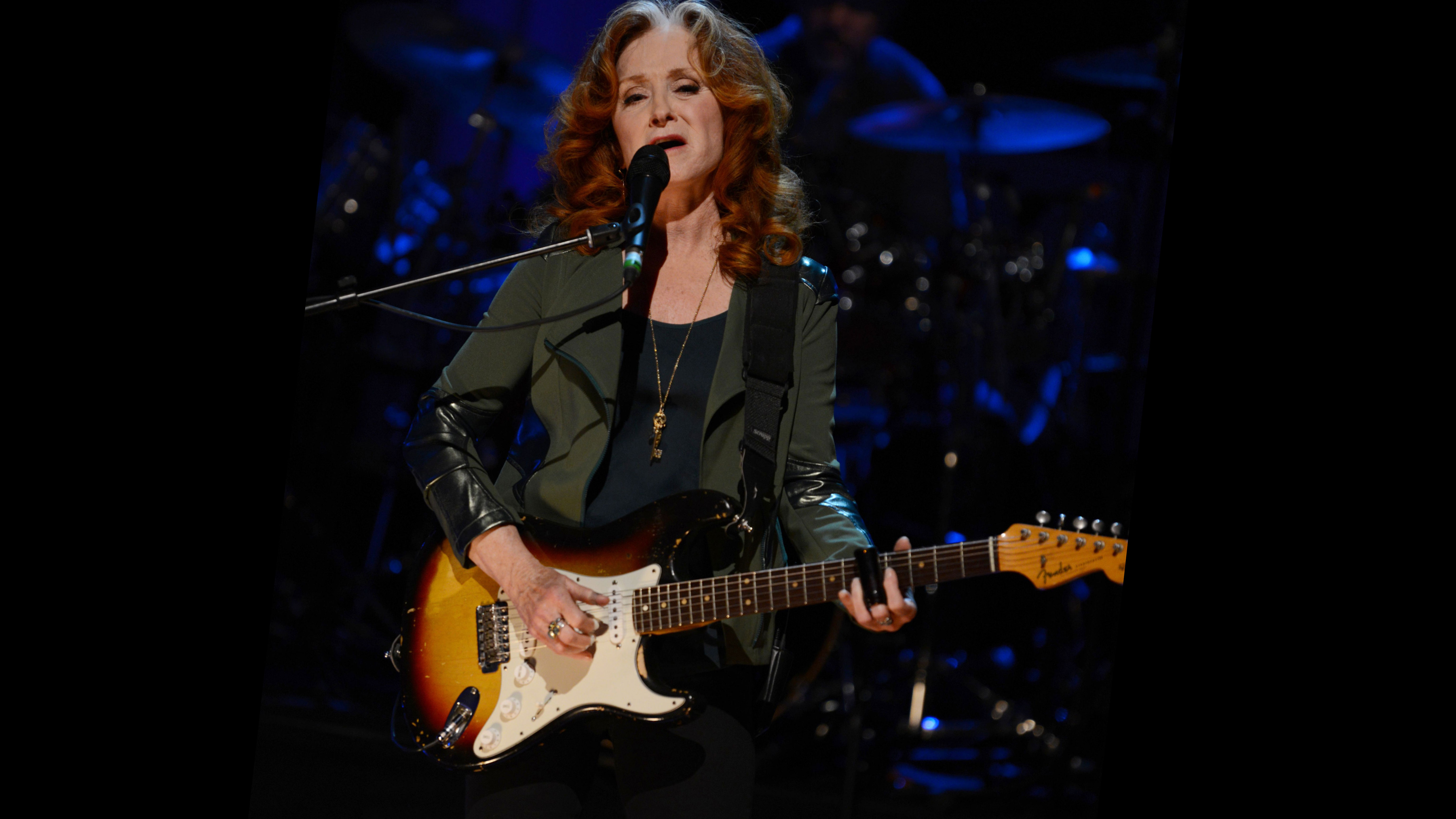
Introduction
"Early on, I knew if I could keep my act together, not die from taking drugs or drinking too much, then I might have some hope of a long career. All the people I looked up to, like Muddy [Waters] or jazz players, they’d all been in it for the long haul – that’s what I wanted."
Now in her fifth decade of performing, Bonnie Raitt’s wish has certainly become a self-fulfilling prophecy. And like fine wine, she just goes on getting better. When you watch Bonnie gliding around on stage, a lithe, diminutive figure pulling out slide lines on her battered Fender Strat ‘Brownie’, she plays with the kind of fire that might fool you into thinking she’d only just got the hang of the thing.
Bonnie was raised on a diet of Mississippi Fred McDowell and Jack Daniels, but has managed to juggle her passion for gutbucket blues alongside Californian schmaltzy ballads such as I Can’t Make You Love Me, a song recorded by Adele and still a staple of any Bonnie Raitt live set.
Her last album, 2012’s Slipstream, was her first release in seven years, but now Bonnie’s been in the studio again, and her new album, Dig In Deep, once again delivers the familiar Raitt magic – a bucketload of rock, R&B and blues, all topped off with slide guitar guaranteed to raise the goosebumps.
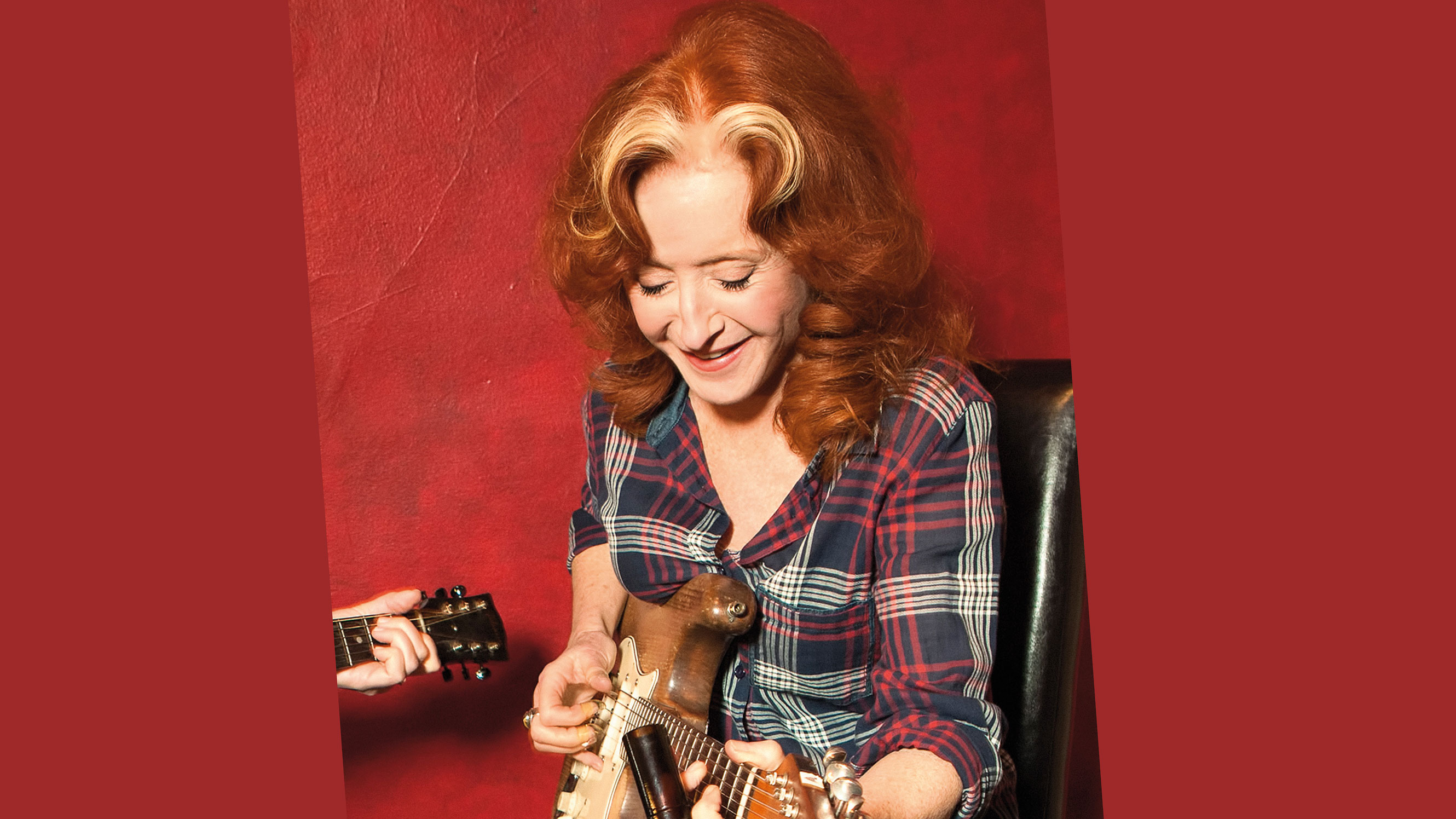
1. Always dig in deep
"I was voraciously interested in all kinds of music, and still am.
"I grew up listening to Frank Sinatra, Tony Bennett, and even loved Gilbert and Sullivan. But it was the early days of rock ’n’ roll that really grabbed me – Elvis Presley, Chuck Berry and Fats Domino on my radio – and the folk music revival, catapulting people like Pete Seeger and Peter, Paul & Mary into the charts. Folk and blues were just offshoots of all this musical excitement.
It was the early days of rock ’n’ roll that really grabbed me.
"I’d never have found out about people like Slim Harpo and Muddy Waters without The Stones records, but it was the Vanguard album, Blues At Newport [1959-1964], that was the first acoustic blues album I got to hear. It was a revelation."
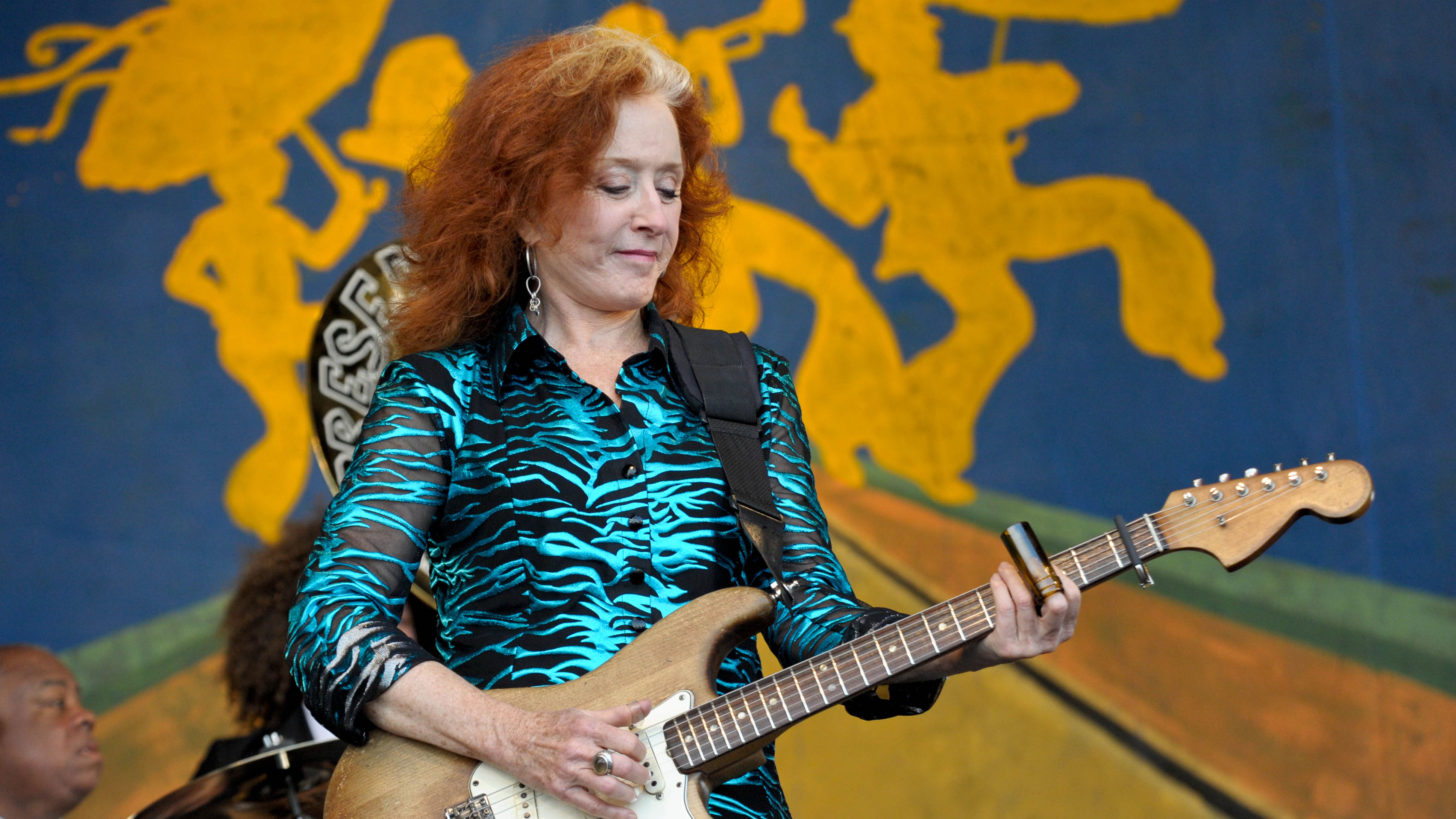
2. Know your limits
"I met Son House when I moved to study at Harvard, through Dick Waterman who was acting as his manager. Son had been living for years in total obscurity, in Rochester, New York.
"But he was great and playing really well. Like a lot of older musicians, there’s a point where you wonder if they’re going to be able to remember their lyrics.
In Son’s case, if he had just the right amount of alcohol he’d be fine...
"In Son’s case, if he had just the right amount of alcohol he’d be fine, but if he drank too much, he wouldn’t be able to! There was a sweet spot that Dick Waterman was very aware of and would monitor.
"Like a lot of the blues singers invited to play at the college campuses, the kids thought it would be just great to party with these guys. But people like Son were at a delicate age and had problems with alcohol, so it was a really daunting thing to have to manage them. They were thrilled to be there, but Dick had to be careful with the celebratory aspect backstage."
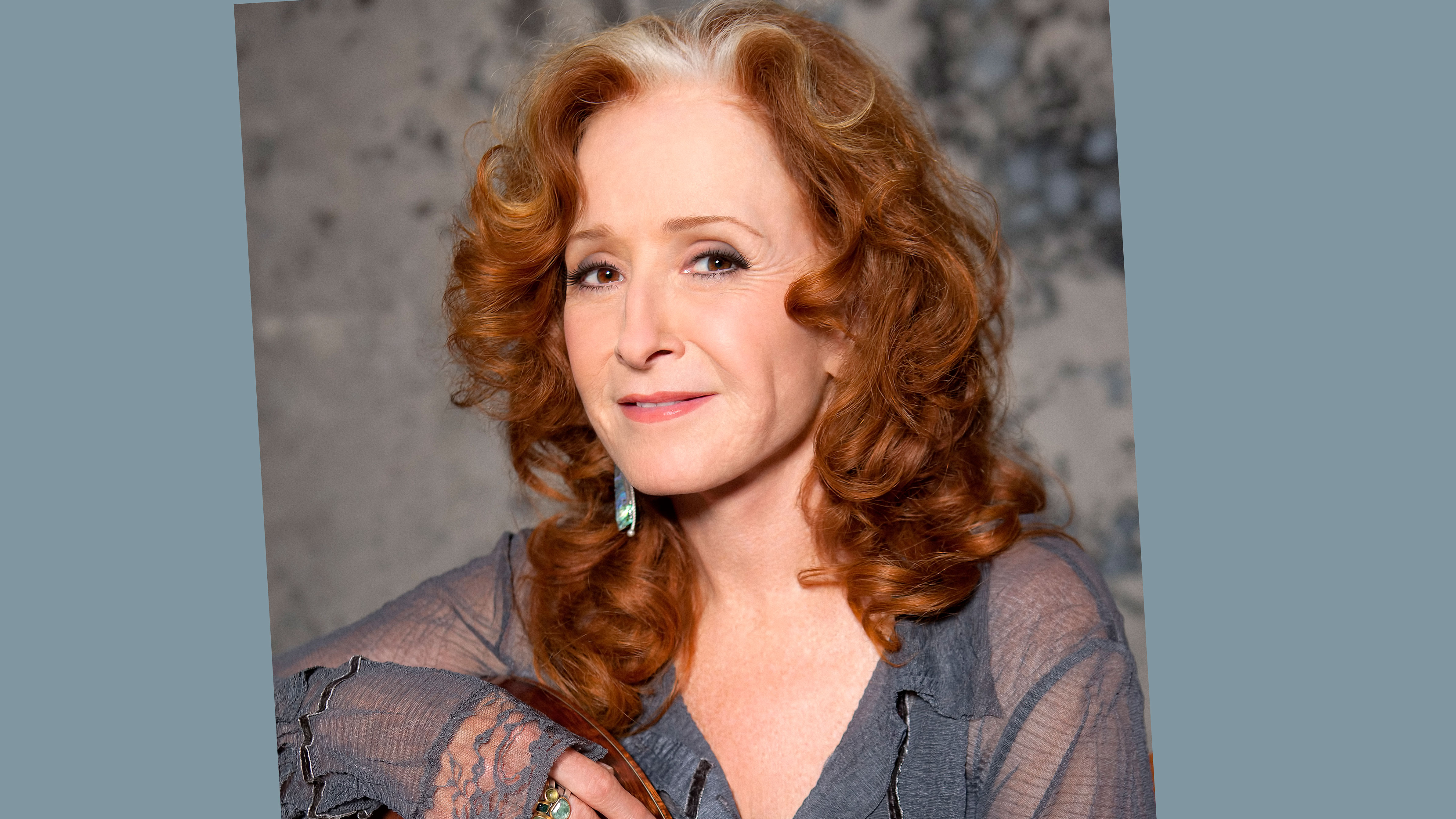
3. Follow your passions
"At the age of eight or nine, I was a huge Joan Baez fan – I just wanted to be her [laughs], and sat in my room for hours learning guitar.
"Then, because Vanguard was Joan Baez’s label, I somehow managed to get hold of that [Blues At Newport] record. Mississippi John Hurt, Reverend Gary Davis, John Lee Hooker and John Hammond, were all on it, and I fell in love with John Hurt the moment I heard his fingerpicking style.
I fell in love with John Hurt the moment I heard his fingerpicking style.
"[Fingerpicking] is still the only way I know how to use a guitar – I’ve never been able to play guitar with a flatpick. I taught myself Candy Man, and Key To The Highway from Brownie McGhee, and to this day, some of the songs on that album are still my absolute favourites."
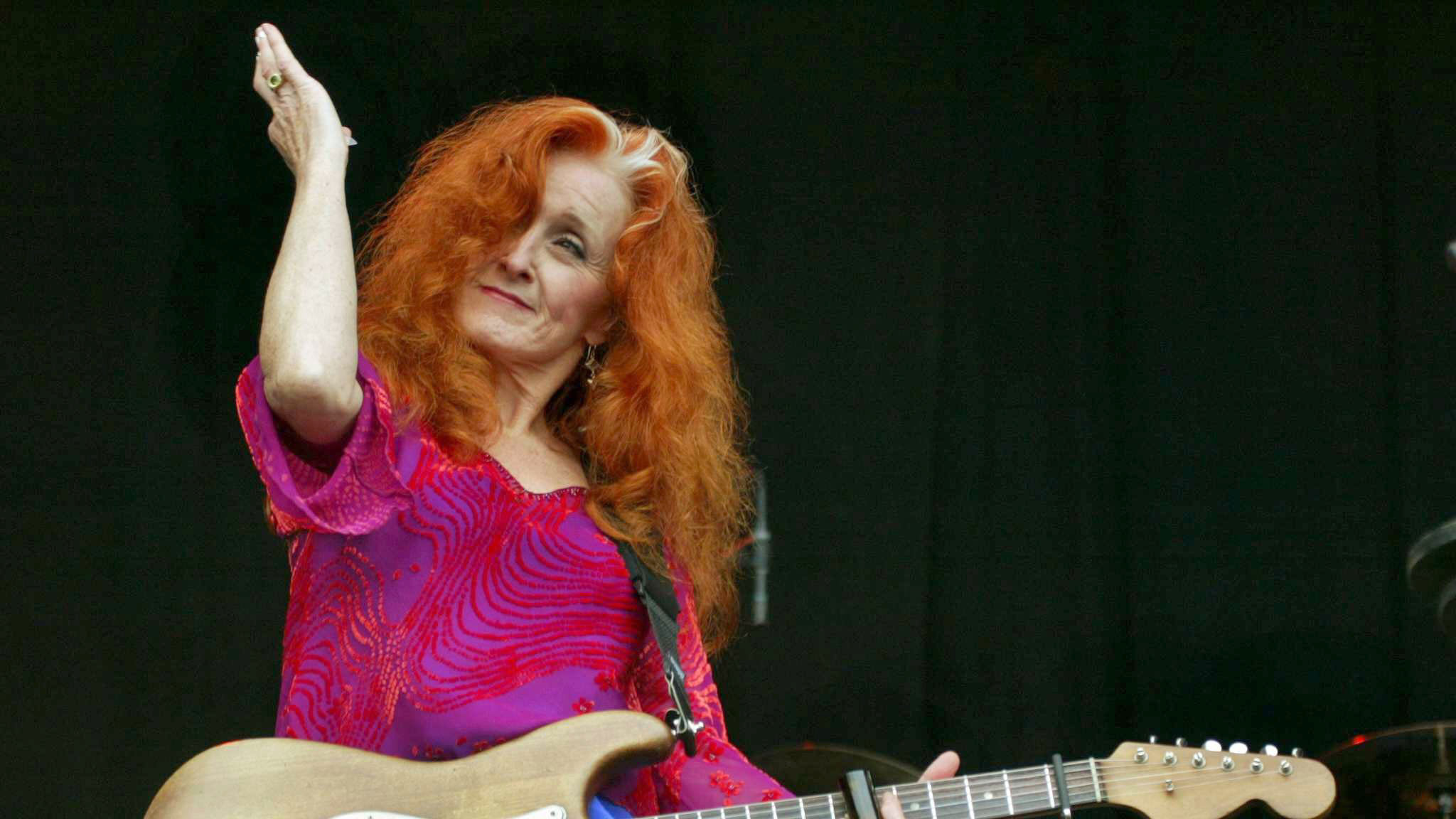
4. Soak up the scene
"I got the chance to travel a lot with Sleepy John Estes, Johnny Shines, Hammie Nixon, Furry Lewis. There were all these festivals happening, and although I wasn’t playing, I was a fly on the wall and got to hang out.
"I still pinch myself when I think about it and realise how lucky I was. I took a break from college, intending to go back in a year, but after I opened up a show for Fred McDowell, I got offered a record deal and never went back to school.
...I got offered a record deal and never went back to school.
"If it hadn’t been the fascination of the British and Europeans, falling in love with the blues, I don’t think a lot of these regional blues artists would have met each other.
"You wouldn’t have had Skip James on a [festival] bill with someone from Detroit or Chicago, but they all delighted in playing for each other and it was a wonderful thing to witness backstage."
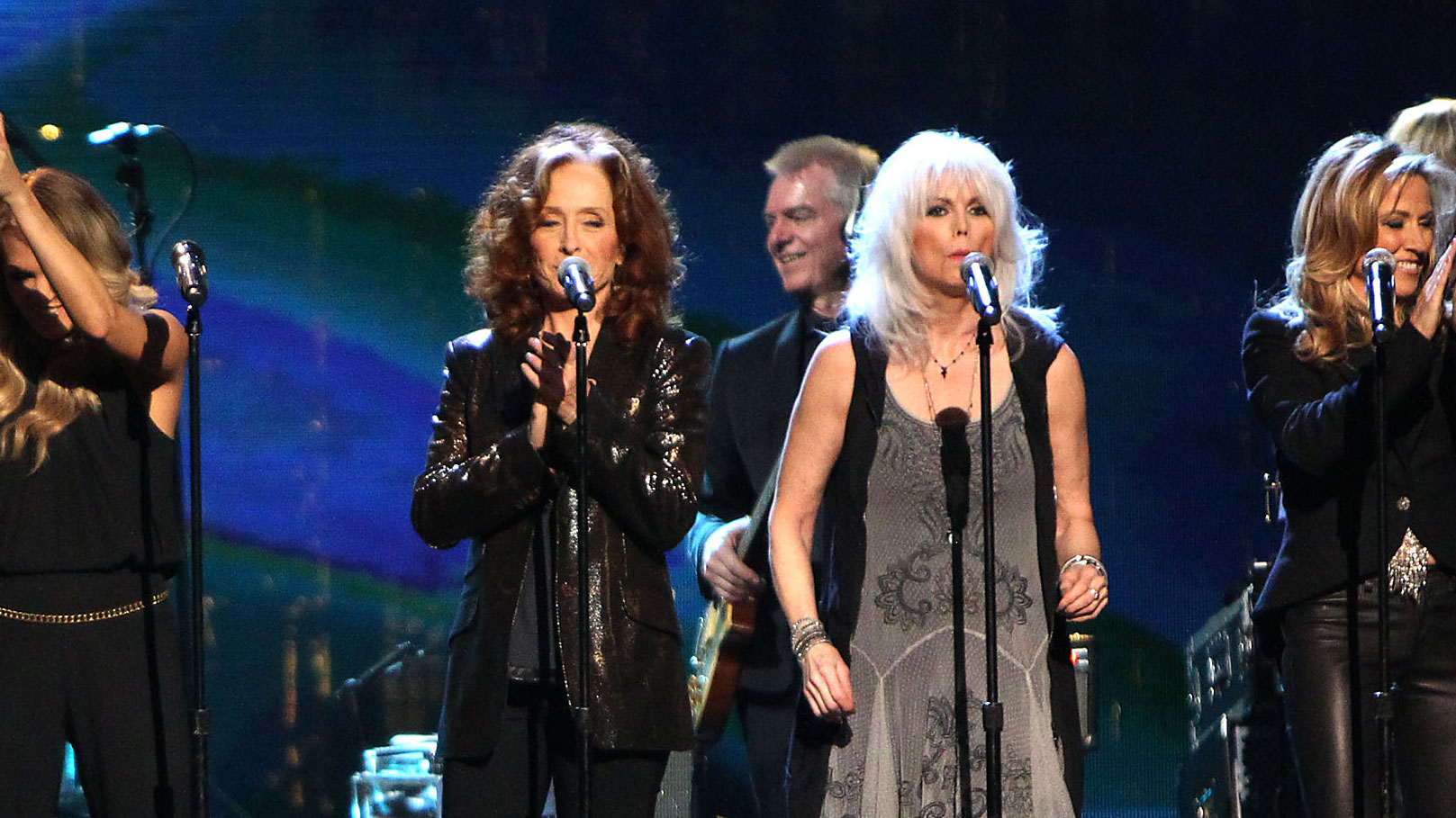
5. Work with what you've got
"Right after I heard Blues At Newport and heard that John Hammond played what he called ‘bottleneck guitar’, I did a little bit of research on the back of albums and saw it also said ‘bottleneck’.
"As my folks didn’t drink, I took it literally and soaked the label off a Coricidin cold medication bottle, and put it on my middle finger. When I was younger my grandfather, who was a Methodist minister, had taught me to play some hymns on a Hawaiian lap-steel guitar, using a tuning. But I didn’t make the connection with Delta blues until a lot later – I thought, ‘Oh my God, this is the same instrument, just held differently.’
I taught myself to play [slide] as best I could.
"That was about the time they’d just brought out Robert Johnson King Of The Delta Blues Singers, and to hear that guy play was exquisite, an amazing influence on everybody – as well as being incredibly intimidating.
"But I taught myself to play as best I could, and when I finally got a chance to see someone live, I realised that I should have learnt to play with the slide on my ring finger, but it was probably too late."

6. Know when you're beaten
"I think I realised quite early on that there wasn’t going to be any future for me as a full-time blues singer – the audience just wasn’t there.
"Finding songs that I feel I can do justice to has always been something of a nightmare for me, though. I see myself as being a kind of musical sieve, so that when I come back off tour, I’ll just sit down with all this material and sift through it all to see what I can come up with.
Finding songs that I feel I can do justice to has always been something of a nightmare for me.
"My taste in music is pretty eclectic, though, and I find good songs really difficult to find – sometimes it takes me three or four years to find enough to make it worthwhile going into a studio.
"Just lately, I’ve been very into Paul Brady and Richard Thompson’s writing, and when I’ve got time to practise – which isn’t often – I’ll sit down at home trying to work out how to play in some of the tunings those guys use, like DADGAD. I just love that sound."
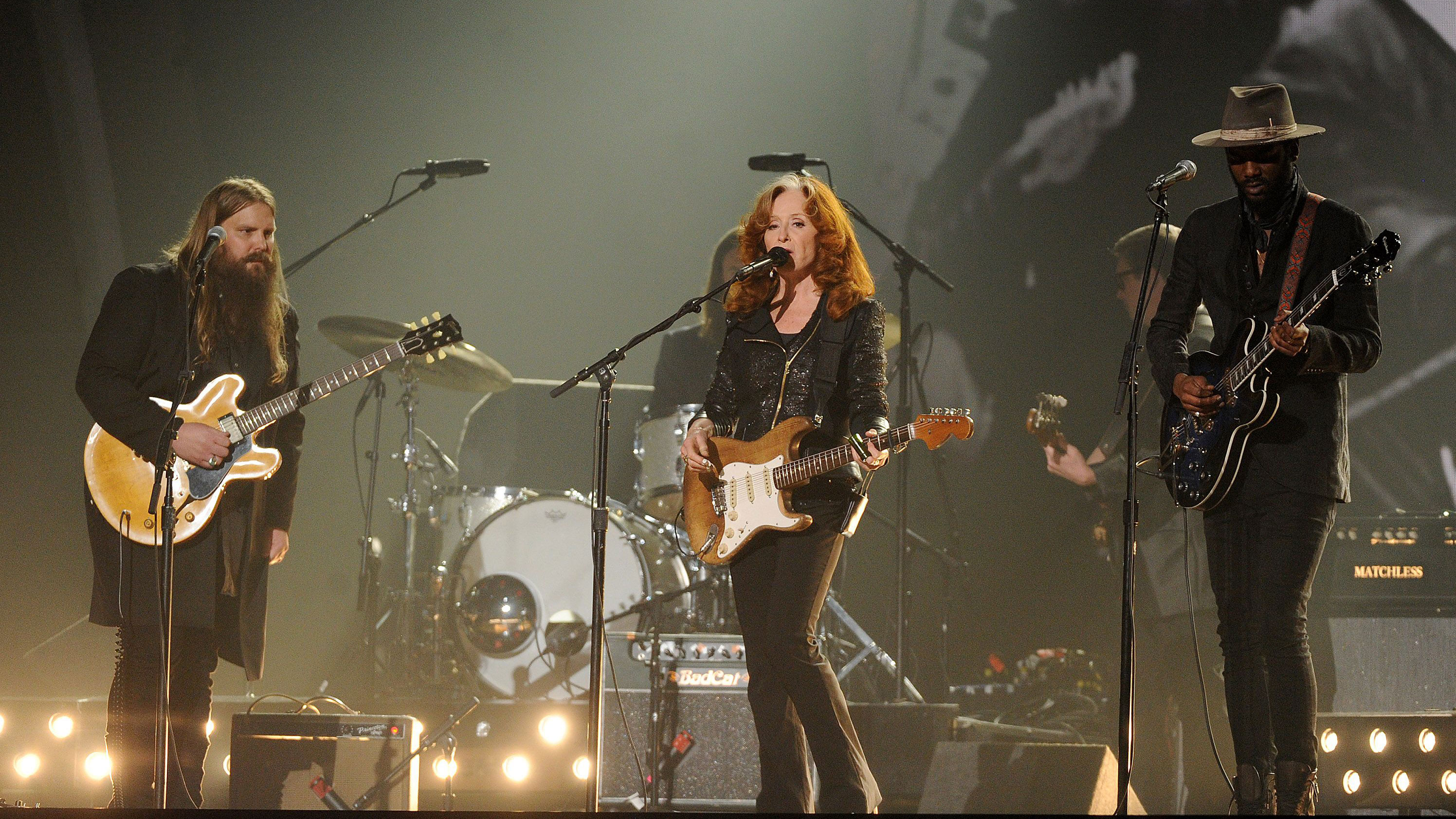
7. Ask for help
"When I met Lowell [George], we were both blown away by Ry Cooder and his work on a Randy Newman album, but I knew there was no way I was going to sound like any of the people I loved.
"Lowell showed me how I could make the strings sustain longer, and gave me an MXR red box Compressor; that was the secret of his sound and I love his phrasing. I still have the pedal but take [another] MXR out on the road, because I don’t want it to break."
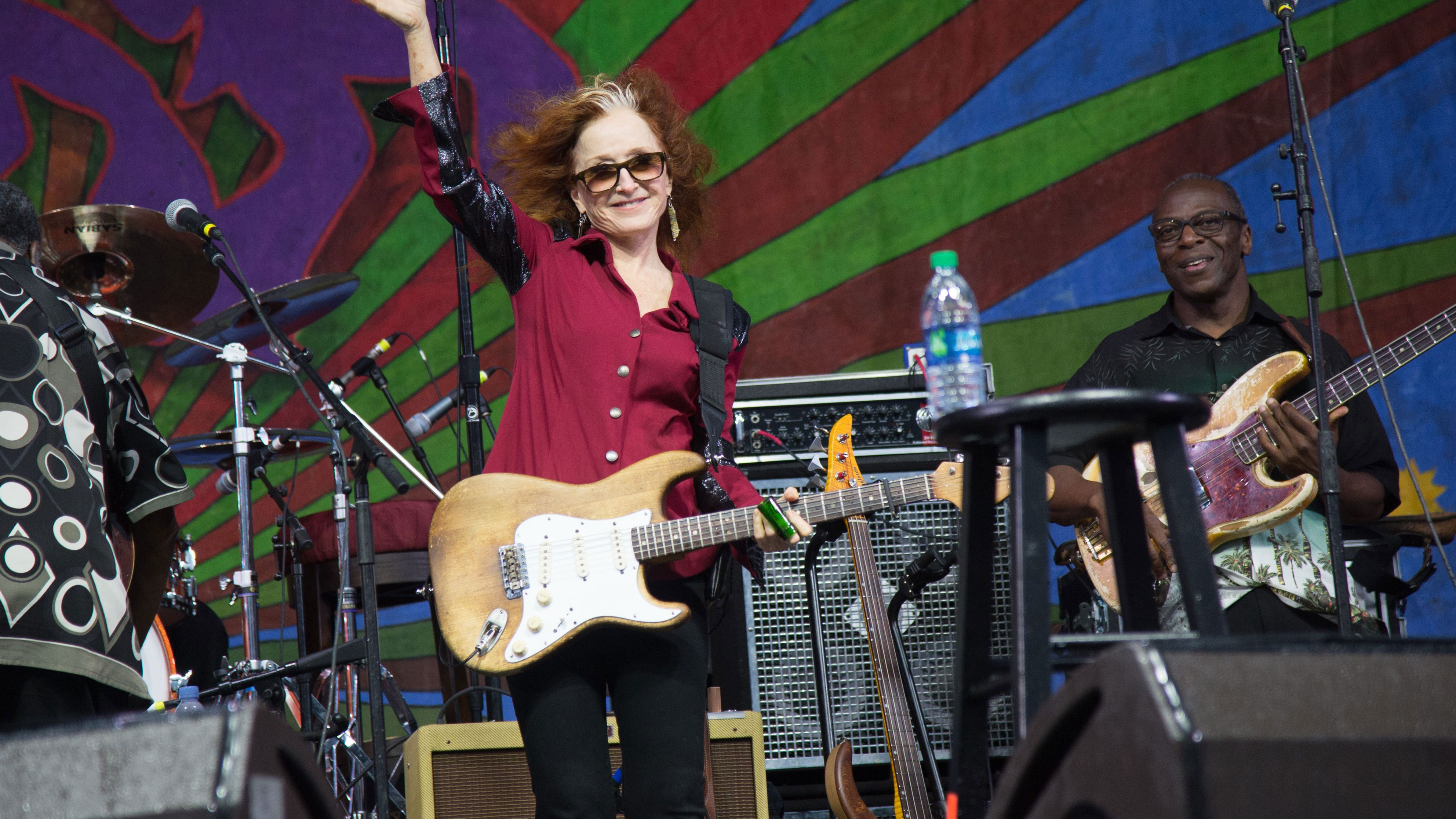
8. Find the right guitar - and stick with it
"In 1969, I found a Stratocaster for $120 at three o’clock in the morning! It had no paint on it, but the price was right and the pickups sounded great.
"I raised the action a little bit, and I’ve always loved that Stratocaster ergonomically and for the feel.
In 1969, I found a Stratocaster for $120 at three o’clock in the morning!
"So many of my heroes played a Stratocaster, and I’m sure that had an influence on my choice as well. But I’ve played that guitar on every single gig I’ve ever done.
"I also have a couple of blue ones that Fender gave me, and use them for different keys: one is in Ab, and one is in G. I don’t want people having to hang around while I change tunings – they pay too much for tickets."











